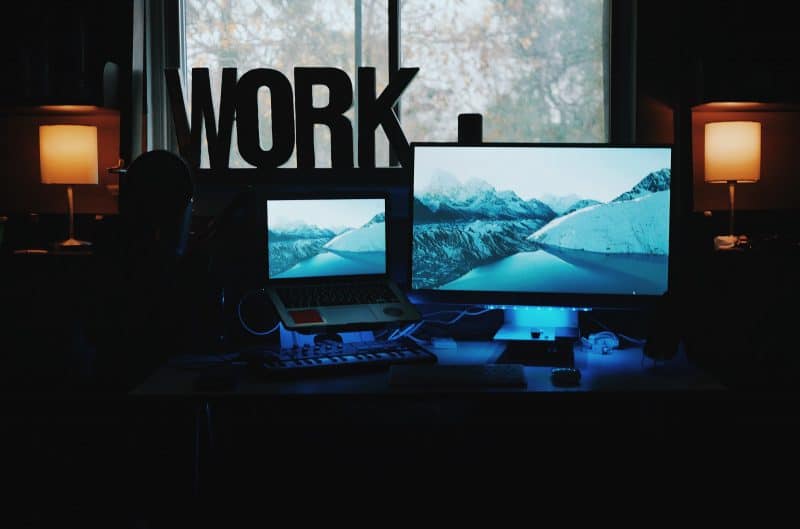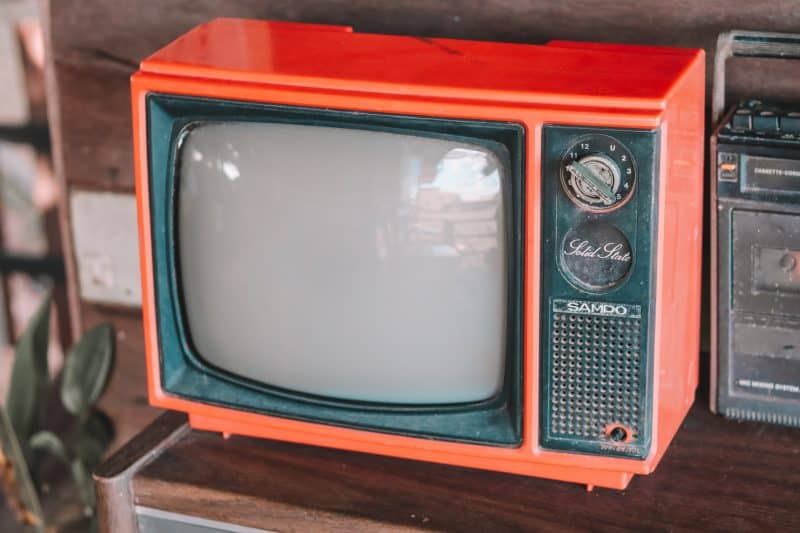The Big Deal about Blue LED’s: 2014 Nobel Prize Winner
Blue Light Special – Three Physicists win the 2014 Nobel Prize for their creation of Blue LED Light Emitting Diode.
Three Physicists win the 2014 Nobel Prize for their creation of Blue Light Emitting Diode. “But Haven’t those been around since the 1990’s,” you may ask. Yes. So, why do we care about BLUE LED’s? What’s the big deal?
The Big Deal about Blue LED’s
The First LED was created in the late 1920’s. They are an electrical component called a diode, which is essentially a one-way valve for electronics. These special diodes emit light when powered up. The first LED’s didn’t even emit visible light, but light in the infrared spectrum. It wasn’t until the 1950’s when visible light LED’s were created. These were yellow colored, with later variations emitting orange and red light. Commonly these were used as indicator lights on consumer products; you’ve seen a million little red lights when something is turned on…that’s them.
LED’s were cheap and abundant but only available in certain colors, which was fine for their current applications consisting of little blinking lights. You could pick any color you like as long as it’s red or green.
The display in “Back to the Future” was as good as it was going to get.
Now anyone who ever pressed their face super close to one of the old-style tube tv’s, knows that the display is a mosaic of little red, green and BLUE pixels, this is called an RGB display. The pixels in an RGB display turn off and on blending light to make an infinite selection of colors and images, but you gotta have the blue or else it doesn’t work.
After nearly 40 years of commercially available LED’s, there was still only Red and Green variations. In 1994 Professors Isamu Akasaki, Hiroshi Amano and Shuji Nakamura made the first blue LEDs. By combining blue light with existing red and green LEDs, this enabled a new generation of bright, energy-efficient white lamps as well as LED screens.

YES. LED SCREENS. Now you get it!
Without the Blue LED things like your iPad and iPhone would not be impossible. We would all be rockin’ Nokia phones instead of Samsung Galaxy S5’s, and watching tube TV’s instead of YouTube!
Blue LED: More than just Screens
The Blue LED is much more than just a gateway to geek-out on twitter for more hours of the day. The blue light emitting diode is also the one which enables us to get white light. This is useful in millions of applications from flashlights, to vehicle headlamps to home lighting. These white (blue) LED’s use a fraction of the energy consumed by incandescent, fluorescent or other types of lighting and last up to 50,000 hours or more. That’s a very impressive number when compared to 8,000 hours for a fluorescent bulb or 750 for incandescent. The life of a LED is more than 65 times longer than incandescent.
Thank you, Isamu Akasaki, Hiroshi Amano and Shuji Nakamura for your fantastic contribution to the world, the Blue LED. We only wish you had been recognized sooner!
Subscribe Today!
Get more of this great content sent directly to your inbox



